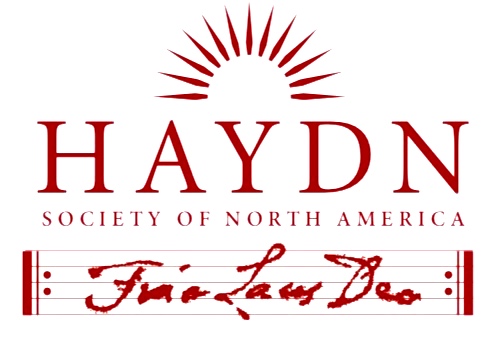
Document Type
Article
Abstract
Recent approaches to Formenlehre tend to prioritize music of the late eighteenth century, and by extension that of Beethoven and Mozart. These approaches are based on assumptions of a sonata form with a normative underlying structure of two clearly articulated themes corresponding to the two key areas found in expositions. Adaptations of this approach for the undergraduate theory classroom have led to distortions of understanding of sonata form’s origins, and of Haydn’s place with respect to the history and development of the form in particular. Understood in many respects as unique, Haydn’s tendency toward the use of continuous expositions is often explained away as musical wit, that somehow the listener is being tricked. However, Haydn began his career at a time when sonata form was beginning to emerge as a genre. The form in part resulted in the use of borrowing techniques from the operatic stage to enliven the forms of instrumental music for the entertainment of a rising middle class of amateur keyboardists and musical societies. Haydn, for his part, was active during the 1750s as a private teacher who composed numerous works for his students to perform. This paper explores the pedagogical application of analysis of Haydn’s early keyboard sonatas in C major, Hob. XVI: 1 and 3, through an investigation of their stylistic predecessor in the da capo aria.
Recommended Citation
Birson, Adem Merter
(2020)
"What Haydn Teaches Us about Sonata Form: The Da Capo Aria and the Early Keyboard Sonatas, Hob. XVI: 1 & 3,"
HAYDN: Online Journal of the Haydn Society of North America: Vol. 10, Article 3.
Available at:
https://remix.berklee.edu/haydn-journal/vol10/iss2/3
© Haydn Society of North America ; Boston: Berklee Library, 2020. Duplication without the express permission of the author and/or the Haydn Society of North America is prohibited.


